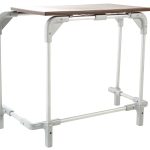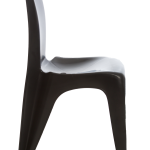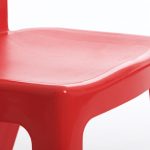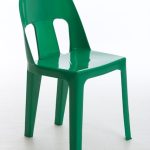Which Plastic Chair Is Strong?
You’ve probably seen it in your own home, at the park, or even in a bustling restaurant – the ubiquitous plastic chair. But have you ever wondered which plastic chair is the strongest? With so many options on the market, from different designs to various brands, finding that durable piece of furniture can seem like searching for a needle in a haystack. In this article, we’ll uncover the secrets behind what makes one plastic chair stronger than another. We’re diving into everything from understanding furniture durability to comparing different brands and considering user reviews. You’ll also learn about the role of chair design and manufacturing process in creating a sturdy product, and how recognising quality construction can save you time and money. Stick around for some tips on maintenance and care to ensure your chosen chair’s longevity too!Understanding Furniture Durability









